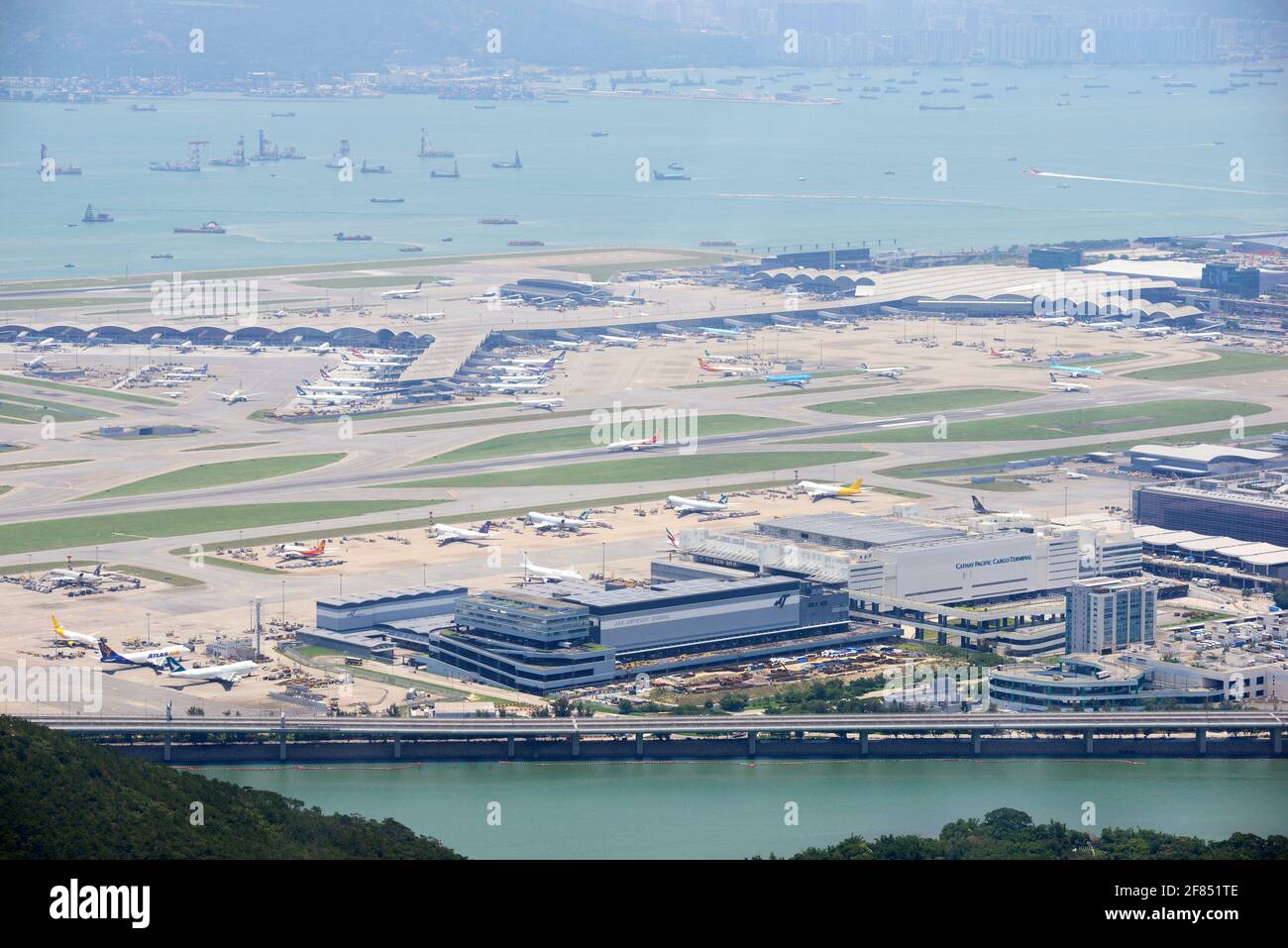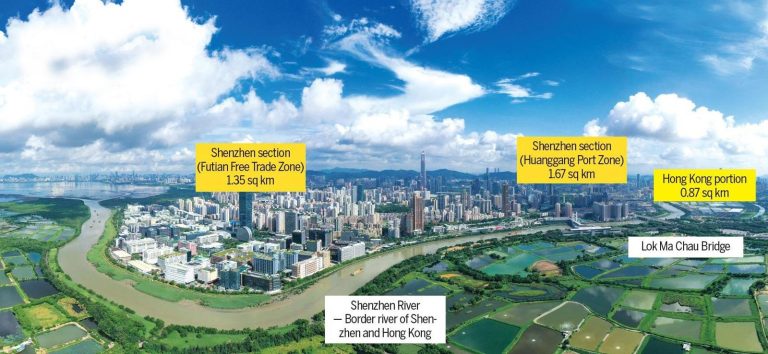Typhoon Ragasa’s Impact: How Hong Kong International Airport Navigated a Major Travel Disruption
When nature unleashes its power, the ripple effects can be profound, as demonstrated by this year’s most powerful tropical cyclone’s assault on Hong Kong International Airport. The typhoon’s arrival created a massive travel challenge, grounding nearly 1,000 flights and stranding approximately 140,000 travelers in its wake.

The airport’s recovery strategy unfolded methodically, with operations gradually resuming and strategic measures implemented to manage the passenger surge. By 6 a.m., in-town check-in and baggage drop-off services restarted, while additional Airport Express Line trains were deployed to help transport travelers between Hong Kong Station and the airport.

Despite these efforts, the scene remained chaotic. Long queues snaked through terminal halls as passengers frantically rearranged their journeys, with around 20 flights still canceled. The Airport Authority remained optimistic, expecting over 1,000 flights to operate throughout Thursday, with schedules extending into the late night.

Cathay Pacific, a major airline at the center of the disruption, bore a significant brunt of the storm’s impact. The airline canceled over 500 flights and anticipated a one to two-day recovery period to fully restore operations. Air traffic control measures continued to pose potential delays, adding another layer of complexity to the recovery process.

Individual traveler experiences highlighted the human element of such widespread disruptions. Wu, a first-time traveler during a typhoon, initially felt worried but ultimately appreciated her travel agency’s proactive assistance in arranging meals and alternative flights for her family. In contrast, Pang expressed concerns about potential separate flight bookings and the challenge of finding accommodations and food in an unfamiliar area.

Recognizing the potential for passenger frustration, Secretary for Transport and Logistics Mable Chan addressed the situation directly. She acknowledged the high passenger volume and emphasized that staff were prepared to manage the backlog efficiently while maintaining order. In a creative twist to ease tensions, authorities even distributed cotton candy and popcorn to create a more positive atmosphere.
For travelers, this event underscores the critical importance of preparedness and flexibility. The Airport Authority advised passengers to confirm bookings with airlines and complete online check-in before arriving, strategies that could help streamline the recovery process.
While the typhoon created significant challenges, it also demonstrated the resilience of Hong Kong’s transportation infrastructure. The systematic approach to managing such a large-scale disruption—from additional train services to strategic communication—showcased the city’s ability to respond effectively to unexpected events.
For future travelers, this scenario serves as a reminder of the unpredictability of travel. Comprehensive travel insurance emerges as a valuable consideration, offering potential protection against trip cancellations, delays, and unexpected expenses during such extraordinary circumstances.
As Hong Kong International Airport continues its recovery, the experience of Typhoon Ragasa remains a testament to the complex dance between human planning and nature’s unpredictability. It reminds us that in travel, as in life, adaptability and preparation are key to navigating unexpected challenges.












